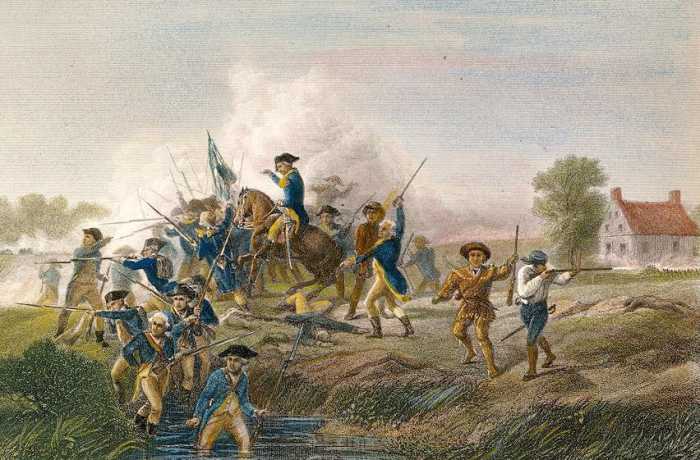The History of the Huntting Inn

The Huntting Inn is one of the oldest buildings in East Hampton. It was originally built in 1699 as a family home for the second Presbyterian minister of East Hampton, the Reverend Nathaniel Huntting, “for him and his heirs forever.” The Hunttings no longer own the place, but they did live there for nine generations.
None of the original building is visible from the exterior because there have been so many additions over the years. The house was originally a saltbox, a house style described beautifully by Henry Hedges in 1849 in A History of the Town of East-Hampton.
Single houses generally fronted the south, two stories high on that side and running down to one story in the rear, framed of massive timber, shingled on uprights and roofs, constructed of enduring materials, wrought with honest care and for future ages. The long low roof, the leaden window sash, the miniature diamond shaped glass, the red cedar window frames, the projecting posts, the big beams overhead in the rooms, the queer blue painted wainscoting, the hard shell lime walls, the huge fireplaces, the spacious oven, the vast chimney are relics almost unknown. The eel spear and clam rake that hung at the end of the house was often used to procure food from the waters. The old “King’s Arm” that hung over the fire place failed not to bring down ducks and geese and brant that flew in abundance now unknown.
Rev. Nathaniel brought his bride Mary Green to the house in 1701. Mary raised ten children there and also kept a shop to supplement her husband’s salary. In 1751, Mary, probably short of money, opened it as a public house. During the Revolutionary War, the inn was known as neutral territory between the Americans and the British, the only neutral territory on the South Fork. David Gardiner wrote of those days in his Chronicles of the town of Easthampton.
Many were the merry meetings which were held by them and the roisterers of the town, who frequented the public house then kept by Nathaniel Huntting. If the old wainscoting of that ancient building could speak, of what high merriment and frolicking, of what oceans of flip, foaming under the application of the heated poker; of what cans of well-tempered punch and gin toddy, would it not relate! [Flip was a mixture of ale with sugar, eggs, a spice such as nutmeg or cinnamon, and a liberal portion of rum or whiskey, heated with a red-hot poker or loggerhead. The iron caused the drink to froth, and the frothing (or “flipping”) is where the name comes from.] What jests, and songs, and stories that raised peals of roaring laughter, and what friendly greetings and amalgamation of joyous hearts, when Lord Percy, Lord Cathcart, the unfortunate Andre, and other young men of equal standing who constituted the families of Tryon and Erskine, met to disport themselves, could it not disclose! No political questions disturbed the company, and no air of superiority over the wits of the village kept them aloof.

In 1839 the owner of the inn, Nathaniel Huntting (great-great grandson of the first), was sued by the Gardiners across Main Street. The case dragged on 24 years! Town officials wanted to make Main Street an even width. Most residents at that time kept their woodpiles out in the front of their property, as part of the fence, because it was easier to dump the wood there. When requested, the residents all moved their woodpiles back of their houses. Not Nathaniel. He refused. He eventually lost and now Main Street is an even width.
In 1870, the Long Island Rail Road was extended as far as Bridgehampton. After this, East Hampton became a popular spot for city visitors, and summer boardinghouses were built to accommodate them. The Huntting Inn became a boardinghouse in 1875.
Yet more wings were added in 1912. In 1939, the last Huntting descendant sold the Inn to Mr. and Mrs. Ralph Frood. The Palm Restaurant group took over the management of the hotel in 1980 and run it today still.









